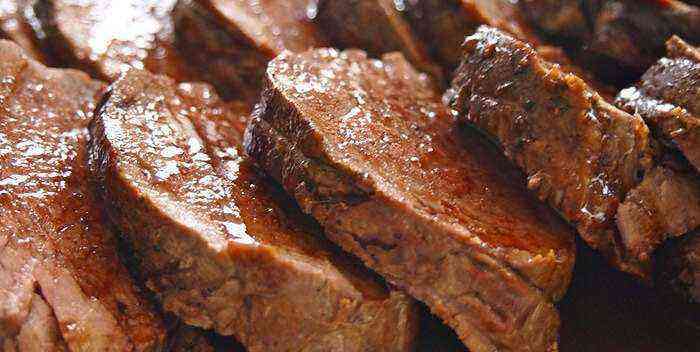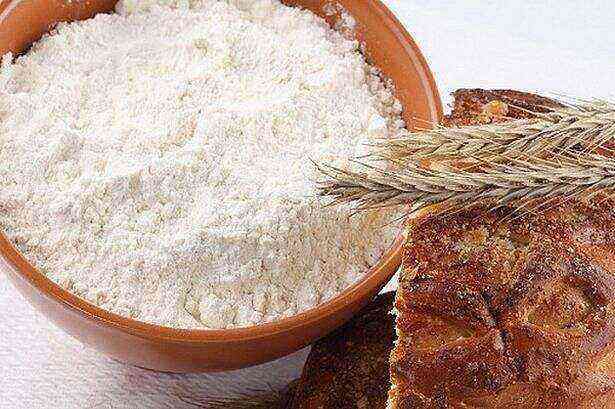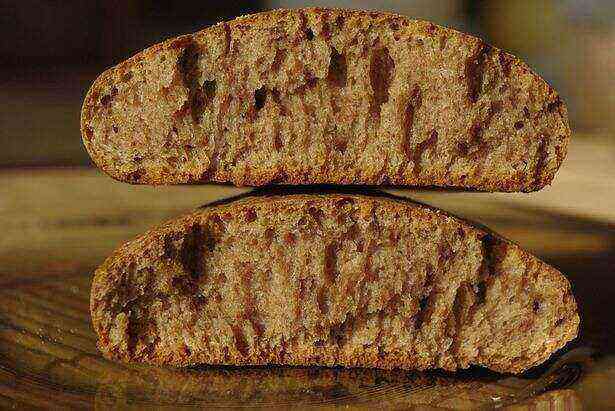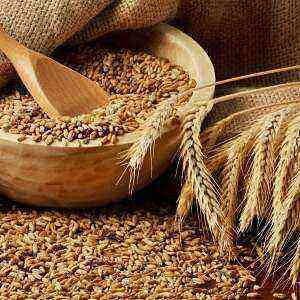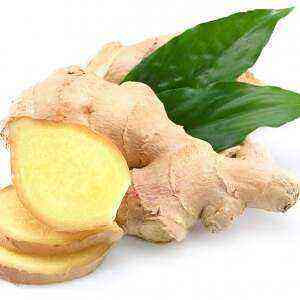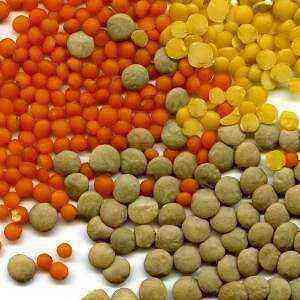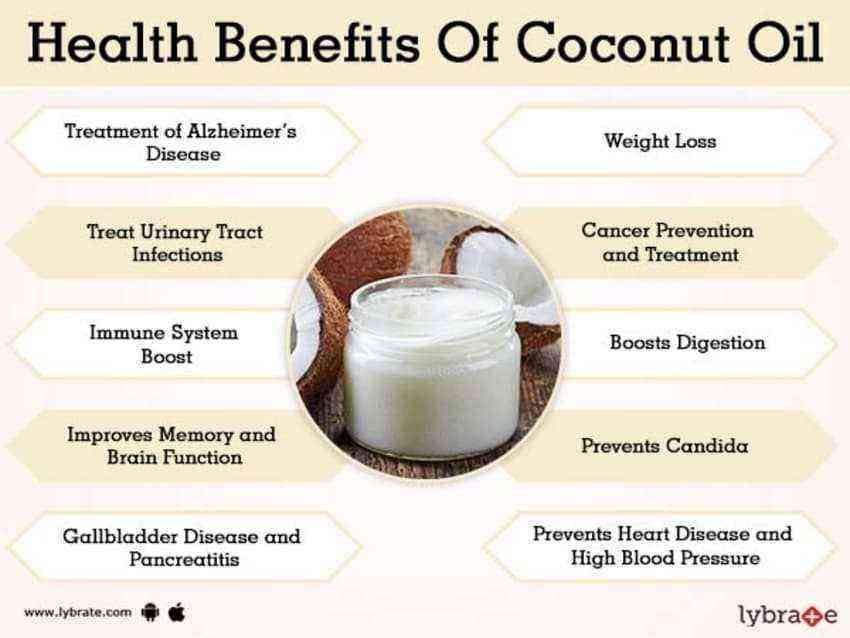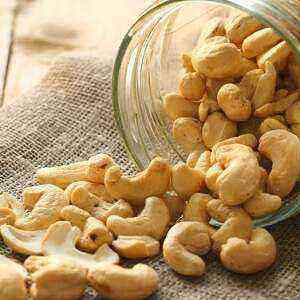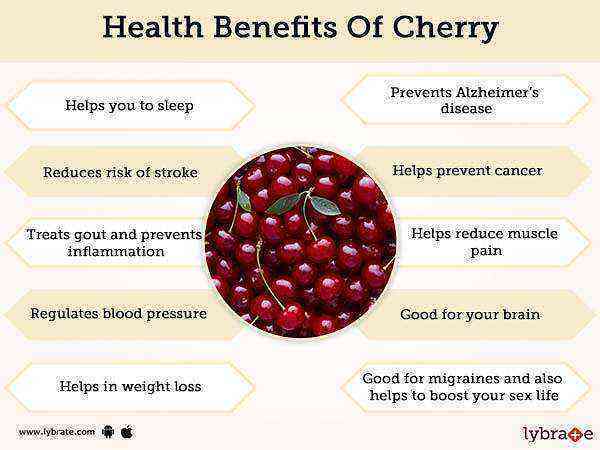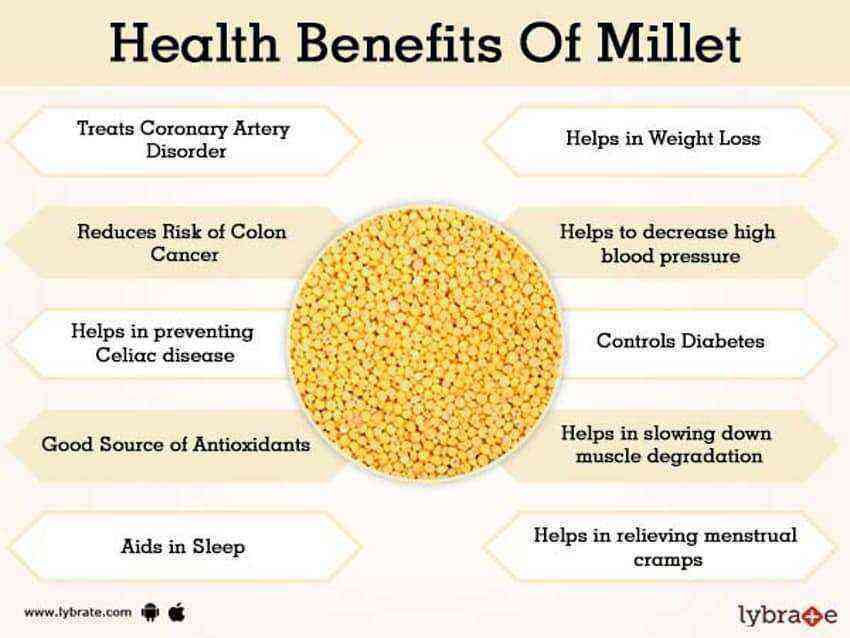
Milk and its types
When it comes to milk, most people immediately think of the cow. .… Although there are many other types of this drink that people also eat. Before telling what other types of this product exist, we note that the composition of milk is:
- casein (from a cow, goat, sheep);
- albumin (from mares, deer, donkeys).
In addition to the drink produced by the mammary glands of animals, some products of plant origin are also called milk. farmer-online.com.
Benefits of different types of milk .:
- cow is an excellent source of calcium and other nutrients;
- sheep – fatter than cow, ideal raw material for pickled cheeses;
- goat – similar in composition to a cow, but easier to digest due to the lower lactose content;
- mare – the composition resembles human milk, it is used to make kumis;
- canna antelope milk – contains 3 times more fat and protein than cow milk, is known for its bactericidal properties;
- camel – contains a lot of vitamin C, does not fold;
- soy – a drink made from soy, looks and tastes like cow’s milk, serves as raw material for tofu cheese, as well as kefirs, yoghurts, fermented baked milk, curdled milk;
- coconut – made from coconut pulp and water, used in oriental cuisine, looks like cream;
- cow’s milk – made in South America from the juice of galactodendron and other milk trees, used to treat asthma;
- rice – a source of fiber, calcium, vitamins, made in the process of cooking rice;
- cedar – a source of phosphorus, manganese, many trace elements, contains more proteins than cow’s milk;
- poppy – was popular in Russia, contains a lot of calcium and fats;
- pumpkin – a drink with a mildly spicy taste, contains iron, magnesium, zinc, calcium, phosphorus, proteins;
- oat – a source of all essential amino acids;
- almond – contains magnesium, phosphorus, calcium, folic acid, polyunsaturated fatty acids, vitamin E, zinc, goes well with coffee.
Nutritional Components
And although the chemical composition of all cow’s milk is the same, the calorie content and percentage in some cases may differ. These indicators depend on the fat content of the drink, as well as the food that the cow ate. On average, a glass of whole milk has 145 calories, 8 g of fat, 13 g of carbohydrates, and 8 g of protein. A similar portion of a fat-free product contains only 86 kilocalories, there are no fats at all, and there are about the same amount of carbohydrates and proteins as in a whole one.
Calcium
Dairy products are one of the richest sources of calcium. Many functions in the body depend on this element. But perhaps its most famous job is to maintain the strength of bones and teeth. Meanwhile, this element is necessary for blood clotting and rapid wound healing, maintaining normal blood pressure, healthy muscle contraction, including the heart. Nutritionists say it is important to combine calcium-rich foods with sources of magnesium and vitamin D. This should be done if only because vitamin D promotes absorption of calcium in the walls of the small intestine, and magnesium helps the body “deliver” calcium to the bones. It is important that all these elements are found in milk. As far as calcium is concerned, a cup of the drink contains more than 300 mg of this substance.
 Mixed
Mixed
The human body draws choline from milk. This nutrient is essential for healthy sleep, muscle activity, memory and learning. Choline is important for maintaining the structure of cell membranes, helping to transmit nerve impulses and absorbing fats, and is helpful in preventing chronic inflammation.
potassium
Optimal potassium intake helps prevent stroke, heart disease, hypertension, protects against muscle loss, maintains healthy bone mineral balance, and prevents kidney stones. The researchers suggest that it is potassium that can reduce deaths from heart disease by almost 5 times. Nutritionists advise consuming about 4,5 g of potassium daily. A glass of milk contains about 365 mg of this substance.
Vitamin D
Dairy producers today are increasingly fortifying milk with additional nutrients. Vitamin D is also on this list. This substance plays a critical role in bone health, promoting bone growth and repair. Vitamin deficiency can lead to osteoporosis, depression, chronic fatigue, hypertension, PMS, colon and breast cancer, and muscle pain.
In addition to the listed substances, milk contains .:
It is important to know that some of the beneficial substances contained in milk do not accept sunlight and are destroyed under its rays. For this reason, the product should not be stored in transparent bottles or containers.
Milk: harm and benefit
Milk belongs to foods that have a positive effect on many systems and organs of the human body. . ..
 For bone health
For bone health
Perhaps everyone knows that milk is good for bones. This is because cow’s milk is a source of calcium and vitamin D. In addition, the product contains vitamin K, ascorbic acid and magnesium. They are also indispensable for the health of the musculoskeletal system. .… Calcium and vitamin D intake alone is not enough to prevent osteoporosis. However, with regular physical activity, strength training, and a balanced diet low in sodium and high in potassium, the bone benefits will be immediately apparent.
Tooth benefits
The combination of phosphorus and calcium found in milk is important for maintaining dental health.
In dairy products, the most abundant protein is casein. It creates a thin film on the surface of the tooth enamel, which prevents the loss of calcium and phosphorus under the influence of an acidic environment. Research has shown a link between regular milk consumption and a reduction in tooth decay.
Cancer Prevention
The risk of dying from colorectal cancer is highest in geographic areas that receive the least amount of sunlight. As some researchers explain, the reason for this is a deficiency of vitamin D in the body. This useful substance, as has been proven by science, is capable of protecting against the occurrence of malignant tumors and slowing down the growth of tumors. Other studies have shown that increased intake of lactose and calcium from dairy products can prevent ovarian cancer.
A remedy for depression
Adequate vitamin D levels promote the production of serotonin, the so-called happiness hormone, a substance responsible for improving mood, appetite and healthy sleep. Vitamin deficiency is associated with a tendency to depression, chronic fatigue, and PMS in women. Thus, milk as a source of vitamin D can relieve bad moods.
 For heart health
For heart health
Together with milk, the body receives potassium, and it helps to dilate blood vessels and lower blood pressure. Thus, increased consumption of milk can serve as a remedy for hypertension.
It should also be noted that cow’s milk is high in saturated fat and cholesterol. Because of this, some researchers, on the contrary, associate milk with an increased risk of heart disease.
For strong muscles …
Children especially need dairy food during the growth period. However, not only babies need the proteins in milk. For adults, especially those looking to build muscle, this product is also important to include in the diet. Milk is an excellent source of high quality protein containing all the essential amino acids. In addition, whole milk can provide energy in the form of saturated fat.
Dairy proteins are excellent for promoting muscle growth and recovery. This effect has been proven in 20 different clinical studies involving people from different age groups.
… and a thin waist
Contrary to the common misconception that milk leads to excess weight, this drink, on the contrary, promotes weight loss. At least some studies have shown that consuming dairy products can help burn belly fat. This effect is achieved only if the daily calorie intake has not been exceeded. While it is difficult for scientists to explain the mechanism of such a process, they suggest that all this is due to the calcium contained in milk.
Alternative to drinking water
The human body, two-thirds water, cannot live without liquid. Nutritionists say that the average adult should consume about 2 liters of clean water daily. However, if there is no water, you can also quench your thirst with milk, which contains a large number of H molecules.2O.
Skin care

This drink nourishes and smoothes the skin. Lactic acid helps to remove dead cells and activates the rejuvenation of the epidermis. Drinking milk inside saturates the body with vitamin A – an antioxidant that slows down age-related changes (prevents the appearance of wrinkles and age spots).
Other benefits of milk:
- helps to reduce the acidity of the stomach;
- has a beneficial effect on vision;
- promotes the production of red blood cells;
- relieves stress.
Safety measures
Today, few will be surprised to hear the diagnosis of milk allergy. No, this is not an invention of children who do not want to drink a white drink, but a very serious medical problem. Allergy to cow’s milk can manifest itself with one or more symptoms. As a rule, these are:
wheezing;
- diarrhea;
- flatulence;
- vomiting;
- asthma attacks;
- rash;
- rhinitis;
- gastrointestinal disorders;
- bleeding;
- anaphylactic shock.
Consuming too much potassium or phosphorus (both of which are found in high concentrations in milk) can be harmful to people with kidney dysfunction. If the organ is unable to remove excess potassium and phosphorus from the body, such oversaturation can be fatal.
Excessive calcium intake is also dangerous [8] [9]… Of course, it is difficult to achieve an overabundance with milk alone, but still. Hypercalcemia can cause constipation, kidney stones, and kidney failure. In addition, excess calcium can “settle” on the walls of blood vessels, which increases the risk of heart disease (especially against the background of a lack of magnesium) [10].
The maximum dose of calcium for adults is 2,5 g per day.
Some researchers advise against giving cow’s milk to babies under one year old. They believe that consumption of this product in infancy can cause insulin-dependent diabetes in adulthood. In addition, cow’s milk may contain remnants of hormones or antibiotics, as well as other substances that negatively affect the reproductive and immune systems of the body (especially for children) [11].
What about lactose intolerance?
Most people associate cow’s milk with proper nutrition. However, there are many people in the world whose organisms are unable to assimilate lactose, a carbohydrate found in milk. Researchers believe that primitive man could have consumed milk exclusively in infancy. About 7500 years ago, the population of Central Europe underwent some “restructuring” in the body. This happened after humanity domesticated cows and other livestock, and a new product entered their diet – milk [12].
Researchers estimate that today about 15% of Europeans, 80% of Africans and Hispanics, like primitive people, suffer from lactose intolerance. [13]… Their bodies do not produce lactase, an enzyme needed to break down dairy foods. In such cases, even small portions of dairy products cause abdominal pain, bloating, and diarrhea.
Modern medicine is looking for ways, if not to completely cure lactose intolerance, then at least to weaken its manifestation. This is how a lactose-free alternative appeared: soy, almond, coconut, hemp and other types of milk, including cow’s milk, but without the “problem” carbohydrate.
Interesting facts about milk
- Man learned to drink animal milk around 10000 BC. e. after domestication of goats.
- In ancient Egypt, this product was used only by pharaohs, priests and very wealthy people.
- The first pasteurized milk appeared in 1862. It was invented by the French microbiologist Louis Pasteur. Commercial pasteurization began in 1895.
- The first milk bottle was designed and manufactured in 1884 in New York.
- During a thunderstorm, milk will turn sour faster.
- In Russia, in order to preserve the freshness of this product, a live frog was dipped into it.
- The fattest milk (about 50% fat) is whale and seal milk. The leanest are mare and donkey.
Milk is the very first food a baby receives after birth. It is the main product that accompanies us throughout our lives, supplying the necessary calories, vitamins and minerals [14]… Despite all the benefits, milk can be dangerous for some people. However, this is rather an exception to the rule, and not a reason to refuse the white frothy drink without reason.
Sources of
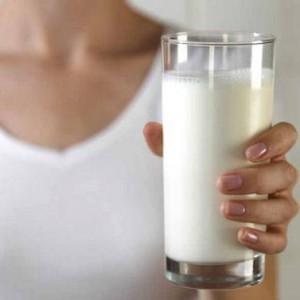 Mixed
Mixed For bone health
For bone health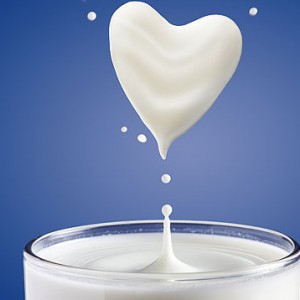 For heart health
For heart health wheezing;
wheezing;
